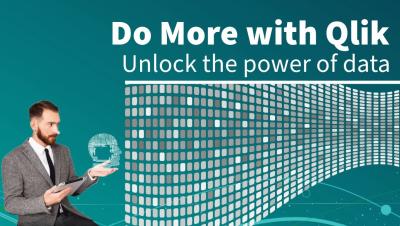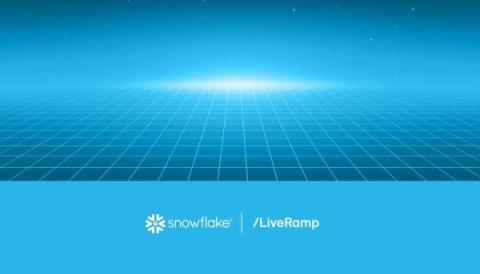Systems | Development | Analytics | API | Testing
BI
Optimizing the Value of AI Solutions for the Public Sector
Without a doubt, 2023 has shaped up to be generative AI’s breakout year. Less than 12 months after the introduction of generative AI large language models such as ChatGPT and PaLM, image generators like Dall-E, Midjourney, and Stable Diffusion, and code generation tools like OpenAI Codex and GitHub CoPilot, organizations across every industry, including government, are beginning to leverage generative AI regularly to increase creativity and productivity.
Faster time to value with the BigQuery Migration Service
LiveRamp Customers Build 'Foundation of Identity' With Snowflake Native Apps
The best marketing is truly data-driven, creating powerful product promotions and offers through an understanding of customer needs and preferences. But for many organizations, building this understanding is more akin to solving an ever-growing jigsaw puzzle (with no easy edge pieces!) than reading data insights from a beautiful dashboard.
#shorts - Tabular Reporting with #qlik #exceltips #excel #saas #cloud
Snowflake Announces Agreement to Acquire Samooha to Simplify Building Interoperable Data Clean Rooms in the Data Cloud
When businesses share sensitive first-party data with outside partners or customers, they must do so in a way that meets strict governance requirements around security and privacy. Data clean rooms have emerged as the technology to meet this need, enabling interoperability where multiple parties can collaborate on and analyze sensitive data in a governed way without exposing direct access to the underlying data and business logic.
ML-Based Forecasting and Anomaly Detection in Snowflake Cortex, Now in GA
Historically, only a few AI experts within an organization could develop insights using machine learning (ML) and predictive analytics. Yet in this new wave of AI, democratizing ML to more data teams is crucial—and for Snowflake SQL users, it’s now a reality.
Cross-cloud materialized views in BigQuery Omni enable multi-cloud analytics at scale
BigQuery Omni’s new cross-cloud materialized views lets you perform cross-cloud analytics.
Private Cloud Data Services | Data Catalog
The Three Essentials to Get to Responsible AI
The excitement (and drama) around AI continues to escalate. Why? Because the stakes are high. The race for competitive advantage by applying AI to new use cases is on! The launch of generative AI last year added fuel to the fire, and for good reason. Whereas the existing portfolio of AI tools had targeted the more technically minded like data scientists and engineers, new tools like ChatGPT handed the keys to the kingdom to anyone who could type a question.











